There are few names in today’s metal music scene that resonate more with nature and spirituality than Steve Von Till. As a member of the legendary Neurosis since the release of the band’s sophomore record, The Word as Law, Steve Von Till is no stranger to the exploration of themes that delve deep into esotericism and the deeper meaning of existence, as well as the inner evolution of ourselves through pain. But apart from the heavier topics discussed and portrayed via Neurosis’ signature sludge/doom sound, Steve Von Till also digs deep into other facets of the world and existence with solo project. From nature, legends and debating the eternal cycle of life and death, Steve Von Till found in his solo project a means to deliver a more personal and emotional message that is conveyed through his own aspirations and dreams, as well as his fears and concerns.
On his fifth solo record, No Wilderness Deep Enough, Steve Von Till found himself in the odd position of convincing himself to do things that he wouldn’t normally do. He explains that the creation of this new record was an exercise in leaving the comfort zone and following the creative flow, wherever it may lead. This not only led to the creation of one of his most complex records, but also the release of his very first book of poetry. We spoke with Steve Von Till to discuss the process behind the creation of No Wilderness Deep Enough and his book, his work as an elementary teacher and his thoughts on a creative future endangered by a worldwide pandemic.
Congratulations on the release of your new record and first book of poetry! Have you had any sort of feedback on both releases so far?
Yeah, a lot of the press has started to come in, it seems to be a very positive feedback on the record. Feedback from the media is difficult because you don’t make art for anybody else, so in some ways it doesn’t matter. But at the same time, when you’re promoting it to the public, you hope that people stay positive.
You’re making music mainly for yourself but you’re also hoping that at least it connects with someone out there as well.
Yeah, it seems to be doing that and that’s more than I could ever hope for. I mean, it was an inspired rabbit-hole of self-expression for myself and the fact that other people are connecting to it brings me a sense of joy. The energies are true, you know?
From my experience listening to this new record, it feels more expansive in terms of sound than your previous records, with more elaborate soundscapes, rich atmospherics, cellos and a bit of a drone feeling about it. What made you go for this more expansive approach?
I didn’t do it intentionally. In fact, the entire project was just a series of really just inspired moments and not getting in the way of the moment, of trying to let things just happen, but I really did not even know I was creating this until the final stages. It began as some simple chord progressions on an electronic piano in my wife’s childhood home. Her family has been living in North Germany, in the same exact house for over 500 years, her family has been farming this one simple small farm. Her parents aren’t farmers but they lease the lands of the neighbours now. This family has been through all the different versions of whatever that area and region has been called, whoever the political people have been in charge, all of that stuff. Even by old world standards, I think it’s a long time for one family to be in one home and not even move across town for 500 years. So, the air there feels heavy to me and of course, I’m somebody interested in those connections between humanity and landscape, human beings and nature, our evolution has a species and I contemplate those big ideas and part of my work has always been a kind of unspecified sadness of being a child of the American West. I am the descendant of the people that kept moving and I have always had this longing for a connection, so to be in a land there… I think I was super jetlagged, couldn’t sleep, it was just a family visit and I didn’t intend to make any music, so I was just recording these things late at night instead of watching TV or something, I just couldn’t sleep at all. Over the week, I added some very simple mellotron string parts and again, if I was in my right mind, I would have said that’s too simple, that’s not interesting. But they were harmonically complex enough to where each chord suggested maybe a string or a french horn. And so, I was layering these sounds but still, I didn’t think I was creating anything, I was just killing time.
When I got home and brought them into my studio, over the next few months just in spare time, I would randomly open those files, I would add analog synthesizers and I would run some of the digital sources through my analog filters, phasers and delays, and it started to take this shape. Then it actually did take the exact shape it’s in now minus vocals and except for the piano, which was a digital piano, the french horn was a sample and the live cellos weren’t mixed in with the mellotron strings. And so, I thought, wow, I don’t know what this is, like is this Harvestman? I don’t feel like it is, maybe I make ambient music now. And that’s what I was thinking, I was thinking okay, I made an ambient record. So I ran it by Randall [Dunn], I said, hey, I think I made an ambient record, I don’t know what I’m going to call it but I would like to book studio time and replace the piano with a nice sounding upright and a good studio, get a cello player and a french horn player to breathe life into the parts. He went away and listened to it for a couple of days and came back and said, “yeah, you’re right, we absolutely should do that but also, you should sing on it and you should make it your next solo record”. I really did not think that was the right way to go, I really thought my voice is not beautiful enough to sit on top of this beautiful music that I accidently created. Again, I never felt like I was making it, it just happened. But I respect Randall’s opinion enough that I thought I should at least investigate the idea. So that started during my Spring break from work when I was in Germany, in 2018, so now this is Winter 2018/2019 and my wife had gone back to Germany to spend the New Year with her family, I was alone here on break from work, just me and the dogs. When I’m alone with the dogs, I don’t feel like leaving them locked in the house all the time when I’m out in my studio, so I set up one microphone in our living room, which has really nice tiled ceilings and sounds quite nice in there. And every morning I built a fire, I grabbed my cup of coffee, grabbed a notebook and a pen, and every morning I improvised vocals unto the songs. By the end of that week, I had all the lyrics, I had all the vocal melodies and I had to call Randall back and tell him he was absolutely correct and I agreed with him now.
“(…) I’m somebody interested in those connections between humanity and landscape, human beings and nature, our evolution has a species and I contemplate those big ideas and part of my work has always been a kind of unspecified sadness of being a child of the American West.”
You had to sort of convince yourself that the best thing to do was to actually add your own vocals to the songs.
Right and the way I kinda look at it now, in hindsight, is that up until that point I was just following the muse, I was just following the creative energy. I never had an end in mind, I was just creating and at one point I had to surrender to Randall, who was being the voice of the muse. He was, in fact, telling me to get out of my own way and so, I think that is an important lesson and part of the whole process of this record being kinda out of my usual comfort zone. It really pulled some things out of me vocally, expressive wise, which I had maybe been afraid to do before and at the same time that was happening, the poetry book sprang up, which is another kind of uncomfortable thing. So, it feels like this whole phase of my creative self is learning a lesson of getting out of my own way, of honouring the muse by accepting and honing the fact that sometimes good ideas flow through you and not second guessing them, not letting self-doubt or self-limitation stop you from following good ideas.
You mentioned Randall Dunn, who produced No Wilderness Deep Enough as well as your previous solo record, A Life Unto Itself. How was it working with him again and what do you feel he brings to the table in terms of recording and production?
First of all, I don’t have a lot of money, so I need somebody to work quickly. Studio time is expensive, you know, so I need people that are efficient. And not only money, what is our greatest non-renewable resource? Time. I have a lot of irons in the fire with my day job, my family, running Neurot Recordings from my home and overseeing all of that and so, I have very little time to be creative even though that is my passion or one of my passions, I suppose. So, I have to make that time really count and Randall is really good at making efficient use of time, he gets great sounds quickly, he is not afraid to jump into a project like this where I have created most of the bedrock myself in my home studio. He helps by being a second set of ears and making what could be improved upon. He oversaw the finding of other musicians, he found the cello player, Brent Arnold, and in turn, Brent Arnold grabbed the french horn player, Aaron Korn, and recorded it in Brent’s studio in Brooklyn. Randall oversaw that part of it and he helped me with that on my last record as well, finding the additional musicians to help me realise my vision. He brings other people into the table, he is very quick and efficient. He also has a great knowledge of what microphone and signal chain will be very complementary to my voice, we don’t have to try multiple things, I just step up to it and go, yep, that sounds great. And he is quick at mixing, we replaced the piano, the vocals and mixed the whole thing in three days and it was relaxed, he is also very relaxed, he helps me feel confident about my vocal takes, which is important. He is also kind of a synthesizer wizard, he didn’t do a lot of synthesizers but if he felt like it was missing a low-end energy or something on this record, he would just quickly wire up his Moog, which he actually always had wired up and ready to go. I think there was a part where we felt that a mellotron was missing and he brought that in, he can quickly jump in and add a missing element. He also is really great with reverbs and not just like picking which one to use but augmenting them, you know? His studio, Flora Recording and Playback, has some beautiful vintage reverb units and he would often run one into another because one would kind of add a more interesting character to the first one, but without becoming too much or sounding fake.
Which is interesting because No Wilderness Deep Enough does sound more complex but it doesn’t feel overbearing, it doesn’t feel like it is too much.
Right and each part in and of itself is very simple. I mean, I’m not a piano player, those piano parts are bonehead simple and the same with most of the synthesizers in the background, you know, one or two fingers. But it’s the way they all come together and its part of the way too why I think a good engineer, producer or mixer like Randall will know how to be subtractive. If you have all the tracks going all at the same time it can be a bit much, so you kinda gotta know how to let things have a flow, especially in music like this where each instrument may be consistently droning through the whole piece, you need to create a dynamic.
The artwork for No Wilderness Deep Enough was done by Orion Landau. When choosing the artwork for this record, did you have an existing idea of what you wanted to present or did you commission the work?
It was very collaborative. First, I sent him the demos of the record before we had gone and finished it. I needed someone experienced just to kinda brainstorm with because I am not a graphic artist. I have been a part of a lot of records but still, I need somebody to bounce ideas off with and he is an old friend who has done a million records. I was obsessing on a specific wood print image I had found on the internet, I really obsessed on it a lot and I still might have to use it someday for something, and he liked it too. But then, I was also kind of obsessing on this photograph that I had taken a couple years back in Iceland. Neurosis was playing a festival in the east coast of Iceland and finally having a chance to get to this land of sagas and eddas, fire and ice and natural beauty, I asked my wife to join me there and some good friends of ours from here, who are also kind of obsessed with the ancient histories of Iceland, met us there. So we did a camping vacation just kinda of touring around in the western side of the country, visiting historical sites and natural sites. The photograph used on the cover was an iPhone snapshot I took standing on top of a lone mountain. I mean it’s really more of a hill from where I come from, but it’s the only raised land around, it’s kind of sitting there alone and it’s called Helgafell. If you read the sagas, it was the place where the first temple to the god Thor was built by the very first settler of that area and I was staring from on top of it as you can tell on the photograph, down at the bay where the water was meeting the land and I couldn’t help but think about how the way the water was cutting the channel into the land looked like a beast of some sort, especially like the ancient artwork whether it’s celtic or scythian, they twist animals into impossible shapes. So it looks like it’s head is turning and facing the other way over its back side with the tail reaching out and it looked like a fantastic animal and again, it was a very low-res, crappy iPhone photograph.
And so, I showed it to Orion and said, hey man, I don’t know why but I really like this photograph, but it’s a snapshot. And he instantly latched onto the photograph and went away with it and came back with a colour treatment that kind of separated the foreground from the middle ground and the skies, so you ended up with these three kind of distinct zones of colour and it really started to take a more psychedelic form, kind of reminding me a little of vintage 70s record covers like Tangerine Dream. Then he put the moon on there. At first, I didn’t want it to look like a Photoshopped image but again, that Tangerine Dream kind of reference, I realised that the moon just made it more compelling. The interesting colours and the way it was, it took on a different life and so, it was a really nice collaboration of a lot of hours of conversation, mostly just about life, and then ending up with this image. And because it was low resolution, it would not be able to be blown up into a 12×12 photo, it couldn’t be full frame for a record cover or it would get pixelated. That’s where Orion’s graphic design expertise came into play, he framed it in gold and brought things into the table that I would not think of. Again, getting out of the way of the muse. Using a dark blue colour, you know, I am so stuck in my black, silver and grey, it’s hard for me to see things using other colours, so using a dark blue and a gold would not have been choices I would ever suggest, so that’s where I had to let somebody else be the expert.
How important is the illustration and overall design when creating a new record? Do you seek to create a connection between the graphics and the music?
It doesn’t have to be literal, it just has to look good, to be honest. Obviously, it needs to have the right energy and the right vibe, like my last solo record, it was just kind of letting Aaron Turner do his thing. We had conversations but not about specific images. We had conversations about where I felt it was coming from and that was his interpretation, it was illustrating the water coming down the mountain and it worked perfectly. And again, he made choices that I would never do. I don’t usually have any affinity for the colour of gold, I think of gold as the rich man’s metal and silver as the common person’s metal but I just had to accept it, he is an artist, he knows what’s gonna work. When you think of album covers, you think of things like, how does it look from across a room, does it catch your eye? Does it complement the music? Might it grab the attention of someone who doesn’t know your work? I know I’m a sucker for packaging, if I see something that is really compelling-looking, whether it’s a book or a record or a print, I’ll be drawn to it, even if I have no idea what it is. I bought a lot of disgusting-tasting beer because they had great looking labels.
“At first, I didn’t want it to look like a Photoshopped image but again, that Tangerine Dream kind of reference, I realised that the moon just made it more compelling. The interesting colours and the way it was, it took on a different life and so, it was a really nice collaboration of a lot of hours of conversation, mostly just about life, and then ending up with this image.”
Moving on to your book, you said earlier that you weren’t really comfortable releasing it. What made you want to release those poems after so many years?
Well, the poems are all from last year, they are all recent poems. The lyrics go back since my first solo record, obviously, but I have been writing poetry my entire adult life, it’s just lived and died in my own journals, I never had any intention of publishing it for various reasons. One, I never thought it was good or I am not qualified, you know, those types of things and the impetus came from the process that week when I was improvising words. I have oftentimes used my poems and my journals of poetry as lyrics fodder, as like a place to go mining when I need to write lyrics. When I need to write lyrics for a song, it’s very different from poetry. The way I’ve written music, it’s always been the music first and the words last, and part of it is you listen to the music and you follow what it is suggesting, what voices do I hear and sometimes, you can translate those into words or at least rhythms, or maybe even a vowel sound, like what is the vowel sound and then what word makes sense there, what’s the word that’s got the right energy? And so, a lot of times I will translate that secret code and I’ll get some lines, but then I’ll need to go digging for more words or phrases, and I’ll steal them from my own journals which, you know, it’s fine because they never go anywhere. So oftentimes, the lyric is a compilation or a collage, really more of a collage, almost like a Burroughs’ cut up of different things from different times, some original to the music, some taken from poetry because I needed a line. And so, it becomes a new animal, it takes on a new life, it becomes something else and it has the music to give it a frame of reference.
So, I was writing these lyrics to No Wilderness Deep Enough and I stole two lines from a poem. The ones I stole where “We have the sea / And we will always have the sky” and it’s exactly the way I needed to end the song but I felt guilty because I felt out of all of my normal things, I was looking at that poem and going that’s a shame, because I think that poem was perfect the way it was. And even though I had no plans to share it with anybody, that led me down a path of maybe I should sit down and intentionally write some poems with the purpose of not butchering them for lyrics. It was a self-challenge, I sat and I wrote every morning, either before I went to work or on breaks at work and in a very short period of time, a couple of months, I had 23 pieces if I kept the one that I stole the two lines from. So, then I was deciding, okay, I am going to allow those two lines to live in poem and in a lyric and that’s where I had the “ah-hah”, maybe that’s how I put it together into something that anybody might care about. Because at first I thought, well maybe I’ll take these 23 poems, they have no titles and I go to Kinko’s and I make some chapbooks for friends or whatever, just send them to people in the mail, just to share. But then, I went maybe I have a captive audience that would be interested, maybe I am not honouring the muse by letting them got to the wayside and of course, diving into the poetry world or publishing world, that is way worse the music world, I’m assuming. And so, I thought, shit, I put out my own records, why don’t I put out my own book? I can do that, if I include my lyrics of all my solo records to kind of show the connection between lyrics and poetry and where I stole the lines, and I release it at the same time as this record, maybe there will be an audience for it and again, that just led me down another road. In researching printing books, I manufactured a lot of records and CDs, but I went and asked a friend of mine who runs a small publishing house out of the University of South Dakota and, you know, he’s put out some good modern poets and some good modern novels, some pretty edgy stuff. And he said, “you know what man, let me do it, I like this stuff, this is good, let me do it on my publishing house”. That felt great because then I got a validation from someone in the literary world and it wasn’t just, I decided I’m a poet now and I’m putting it out. So, that was very encouraging and he has distribution with independent book shops through his small independent press distribution and all of it felt like I was doing what I was supposed to be doing, I was walking on the right road but yeah, the comfort zone of like, man, who am I to decide that I can release poetry? I don’t have a degree in poetry, I haven’t published before and all those things, you know? So it was, again, getting out of the way and letting it happen.
Being an elementary school teacher, working with children and teaching them about various subjects, has that influenced you in any way as an artist?
I think it has to. I’ve always, in all my art and all various forms, dealt with the larger issues of humanity, the existential questions, constantly zooming in from the microcosm to the macrocosm, you know? What’s our place in the cosmos, what’s our purpose on the planet, what’s our relationship to the Earth, what’s our relationship to our community, what’s our relationship to our families, what’s our relationship within ourselves, into our own minds? And contemplating all the complexities and the trials and tribulations that come in everyday life and how they take on different significance depending on what your situation is, you know? Every moment is a moment of creation and destruction, and sometimes we may feel that in our societies and communities more together than other times, but every day, every moment, someone, somewhere is having their reality destroyed or created, there is a personal apocalypse for someone all the time, as well as a personal rebirth for someone all the time. So, what better place to see that on a day-to-day level and to feel like you are making a difference than working with children? I mean, they might be young people and they might not be fully-formed humans but they are feeling everything, they are expressing themselves and they don’t put on the armor that we adults put on. We put on our shields, our armor and our egos to walk out into the world and they don’t. And when they do have to, you see why and you learn the stories, which are often heartbreaking, of why a nine-year-old needs to put on such armor.
I get a lot of satisfaction from my work with them and I feel like I’m doing the right work, the good work and I feel like every day, I get any sort of ego bullshit people might get from being an artist that other people pay attention to stripped away everyday with the reality and the humility that kids bring you because they see right through your adult armor too, you know? And so, it’s really just about creating genuine and authentic relationships with other human beings, and every day I see hope in kids and every day I see heartbreak in kids. So, it informs my heart greatly, I would say.
Despite the current pandemic situation, what do you think the future looks like? Do you think artists will get to tour again next year? Are there any records in the horizon, either for Harvestman, Neurosis or other projects you might be involved with?
I have no idea what the future looks like for live performance. I would have to assume that, at some point, it becomes a possibility again, but we are watching the financial devastation of our world, especially the independent music world, you know? I mean that was always hand-to-mouth, so I think it’s going to be the corporate promoters who are going to survive, which is going to be unfortunate but I don’t know. Maybe this whole situation will cause a more creative underground movement to begin to thrive again, where our little decadent world has shown to be as fragile as it really is and it is not about art and commerce, and money as nothing to do with making killer music, you know? Maybe we’ll create something that I can’t see because I’m too old and experienced too much, maybe in the youth culture of today it will inspire the next punk rock.
But as far as specific plans for me, I’ve got some Harvestman stuff that I’ve been working on, which was actually my priority until this came along and I had to put it to the side to let this happen. And on Neurot Recordings, we have an upcoming release in about a month by Deaf Brick, which is a collaboration between Deaf Kids from Brazil and Petbrick, a glitchy noise group from London which is Igor Cavalera from Sepultura and Wayne Adams doing modular synths and manipulations, so it’s really an intense collaboration, it’s pretty cool. In Europe, it will be on Rocket Recordings and in the US it will be on Neurot Recordings, that’s in about a month and that’s pretty exciting. As far as Neurosis, everything is just kind of on the down-low right now, we don’t have anything in the works.
“Maybe this whole situation will cause a more creative underground movement to begin to thrive again, where our little decadent world has shown to be as fragile as it really is and it is not about art and commerce, and money as nothing to do with making killer music, you know?”
Interview by Filipe Silva
Photography by James Rexroad
Illustration and editing by Marta Rebelo
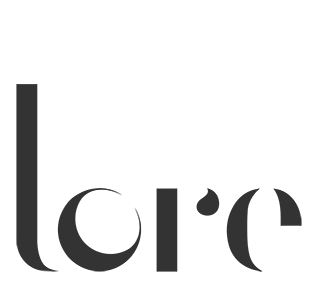
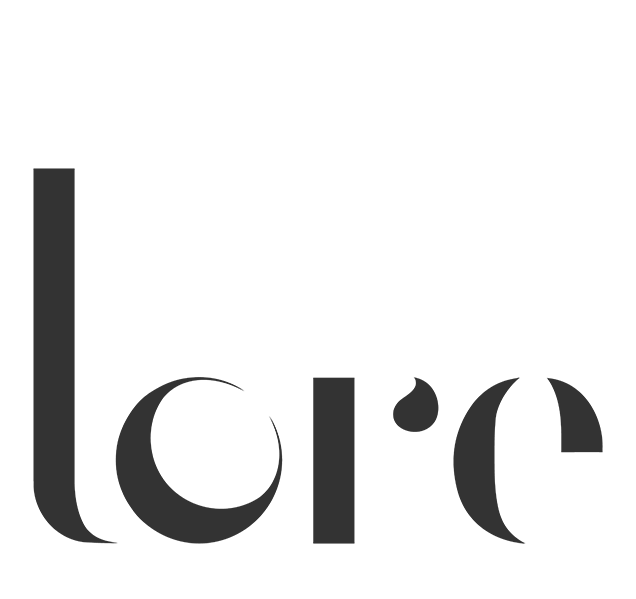
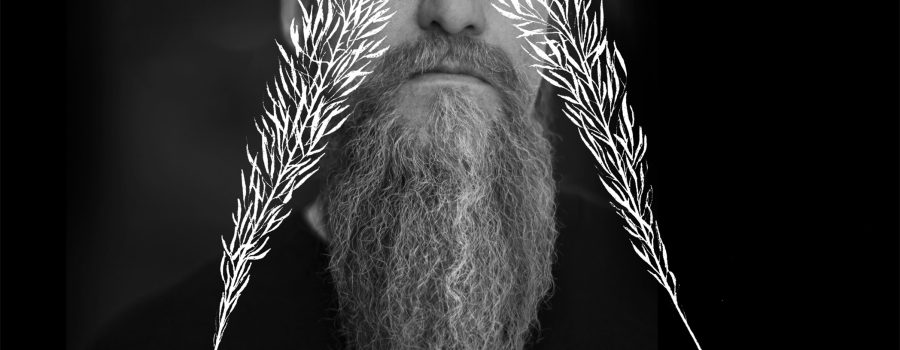
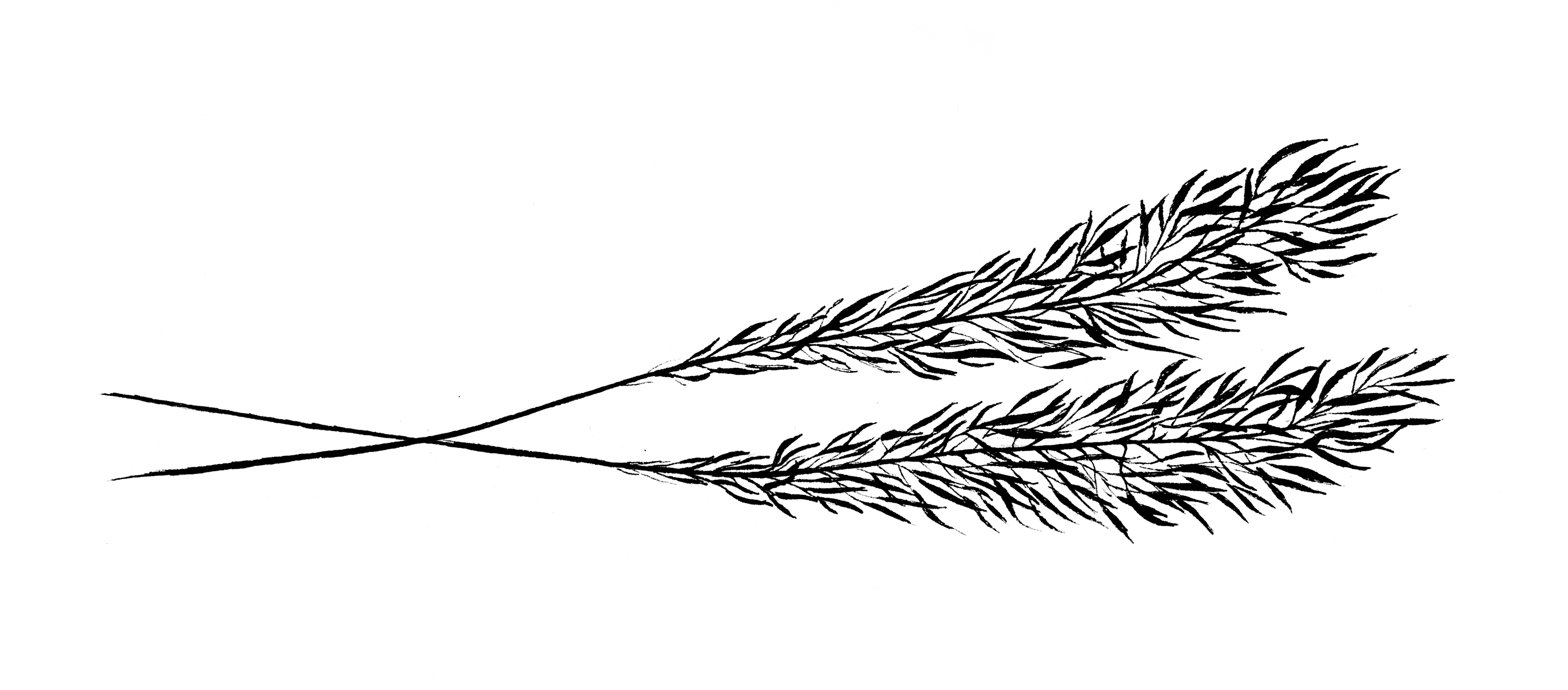
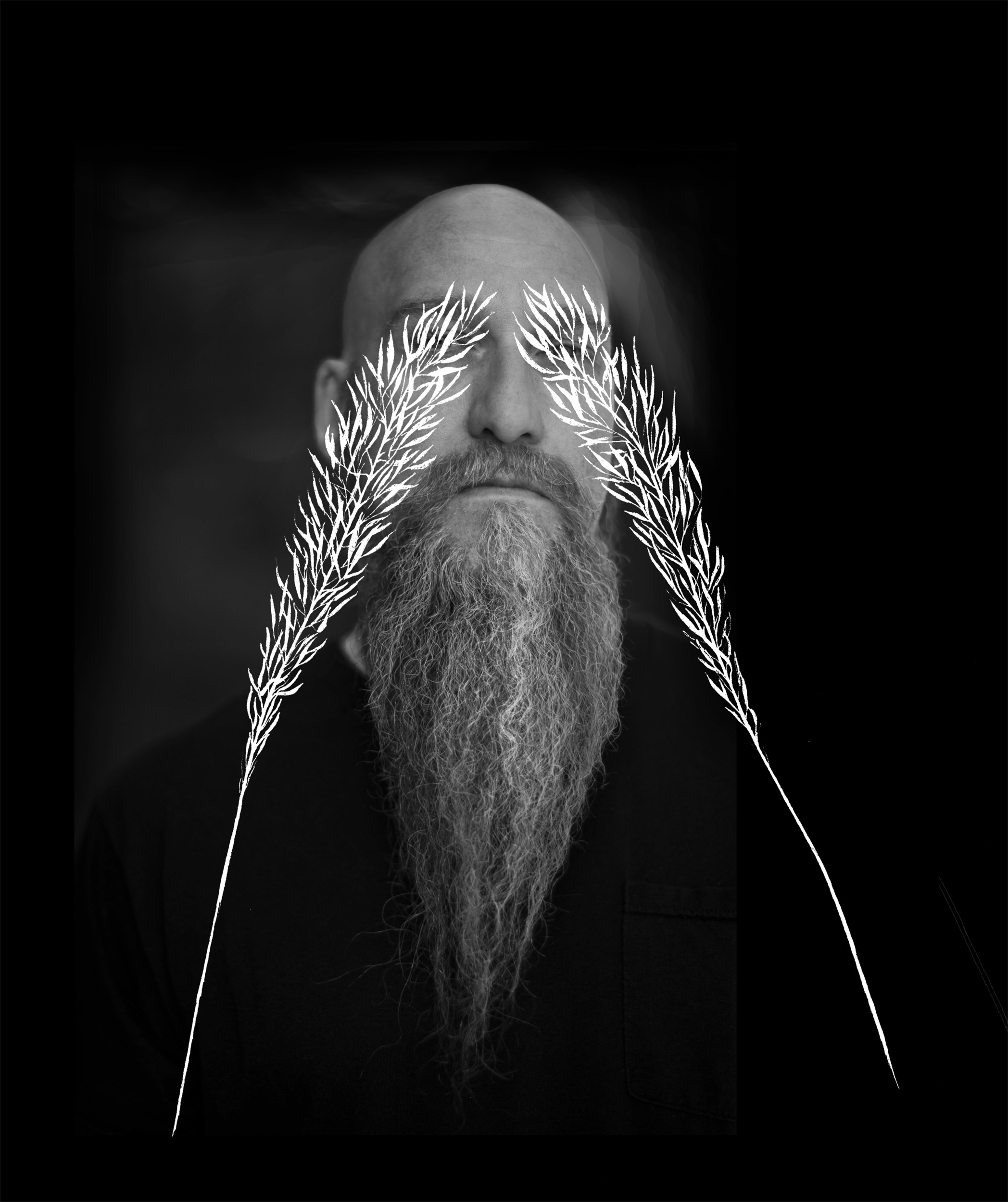
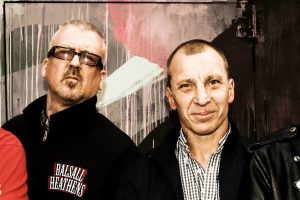

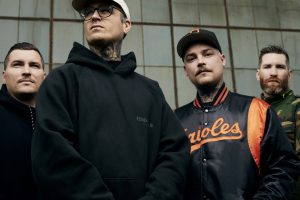
Leave a Reply
Your email is safe with us.